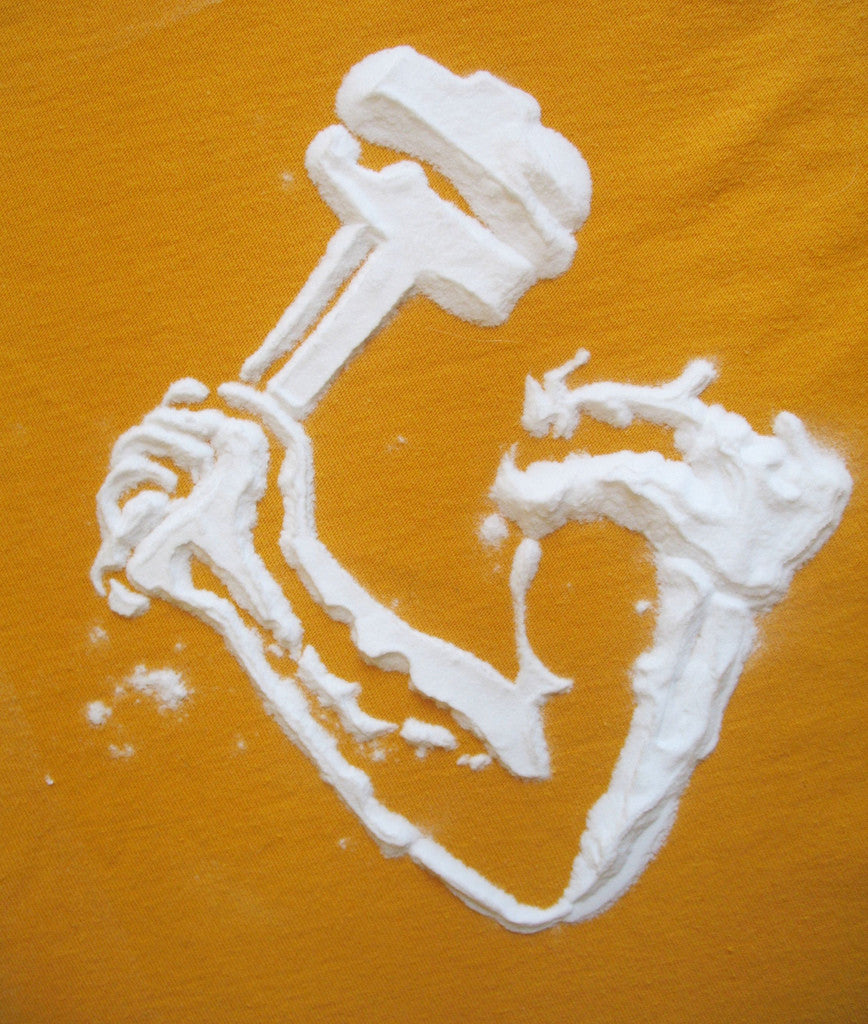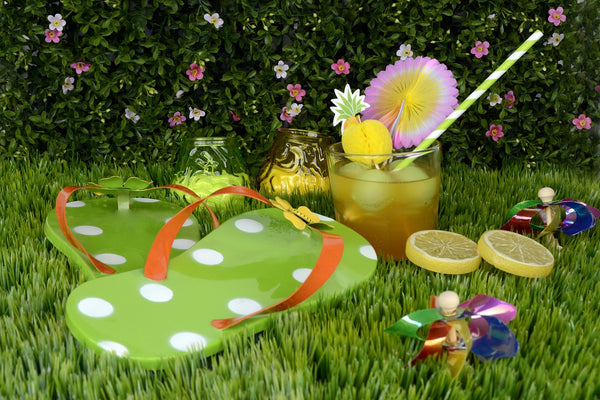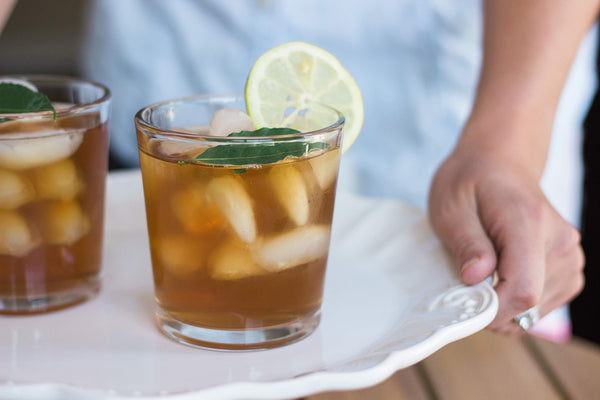
You have seen it. We all have seen it. It sits there in its little orange box, always getting in the way. But for some reason everyone has to have it. The thing I am referring to is the little box of baking soda in your refrigerator. Have you ever wondered why it is there? An easy way to find out is to remove that little orange box and smell your refrigerator in about a month. I guarantee there will be a funky mixture of smells that are not at all appetizing. What happens is that little orange box absorbs all the smells and flavors that linger in your fridge. Since they are absorbed by the baking soda, they do not get into your other fresh foods. This keeps all the flavors nice, clean and crisp. While this is good news for your refrigerator, it can be bad news for your tea. Tea acts much like baking soda when it is around other aromatic foods and beverages. Because of this, it absorbs everything aromatic much like a tiny magnet. Except, unlike baking soda, you want your tea to avoid absorbing everything around it.
How Do I Prevent My Tea from Absorbing Stray Flavors and Scents?
To keep your tea fresh and flavorsome, you need to store it properly. When looking for an ideal storage container, you must keep it airtight, dry and dark.
The Most Important Thing is to Keep Your Tea in an Airtight Container
By using an airtight container, you automatically prevent any outside elements from contaminating your tea. This is simply because of the fact that if nothing can penetrate the container, then nothing can be absorbed by the tea. Let's assume you kept your tea in a spice drawer. As we both know, when you open your spice drawer it smells, obviously, like spices. Without an airtight container, all those smells would be absorbed by the tea changing its aroma and flavor.
Flavor isn't the Only Thing you Have to Worry About
Another enemy of tea is moisture. Since tea is almost always kept in some type of container, even a little bit of moisture can cause mold to grow on your tea. Mold loves to grow in moist enclosed areas. To prevent this you need to make sure your tea stays dry. This is actually pretty easy. Just make sure you don't keep your tea in any damp area of your house. One of the biggest offenders of this rule is your refrigerator. Because the way refrigerators cool themselves, they keep cycling extremely cold air. This cycling can cause moisture to build up in your tea container, which then causes mold.
Light Can Also be an Enemy
Many people also believe that direct sunlight can degrade the taste of your tea. The theory is that the UV rays in light will break down the polyphenols in tea, thus reducing the flavor. This is one theory that, in my opinion, is still debatable. But if you want to be safe, make sure your tea storage container is not clear. If you want to use a clear container make sure you keep it out of direct sunlight.
Are All of these Steps Necessary?
In my opinion, yes. But it is not as hard as it sounds. All you have to do is find a tin or other container that has an airtight lid. After that, just keep the tea in your pantry, a drawer, a cabinet or even your countertop as long as there is no direct sunlight. And no matter what you do, keep it far away from the little orange box of baking soda in your refrigerator.
2 Responses
Allison
What about using tins fo “long term” storage?
Leave a comment
Comments will be approved before showing up.



Jazmin
January 21, 2016
Tea shops can be azgainmly pleasant. My favorite is Antiquity Rose, in Excelsior, Minnesota. The salads are wonderful, the breadsticks delicious, the food pretty darn good. And it’s interesting to ponder the differences between tea shops and coffeehouses, even though both sell stimulants and food.Dr. Ellen